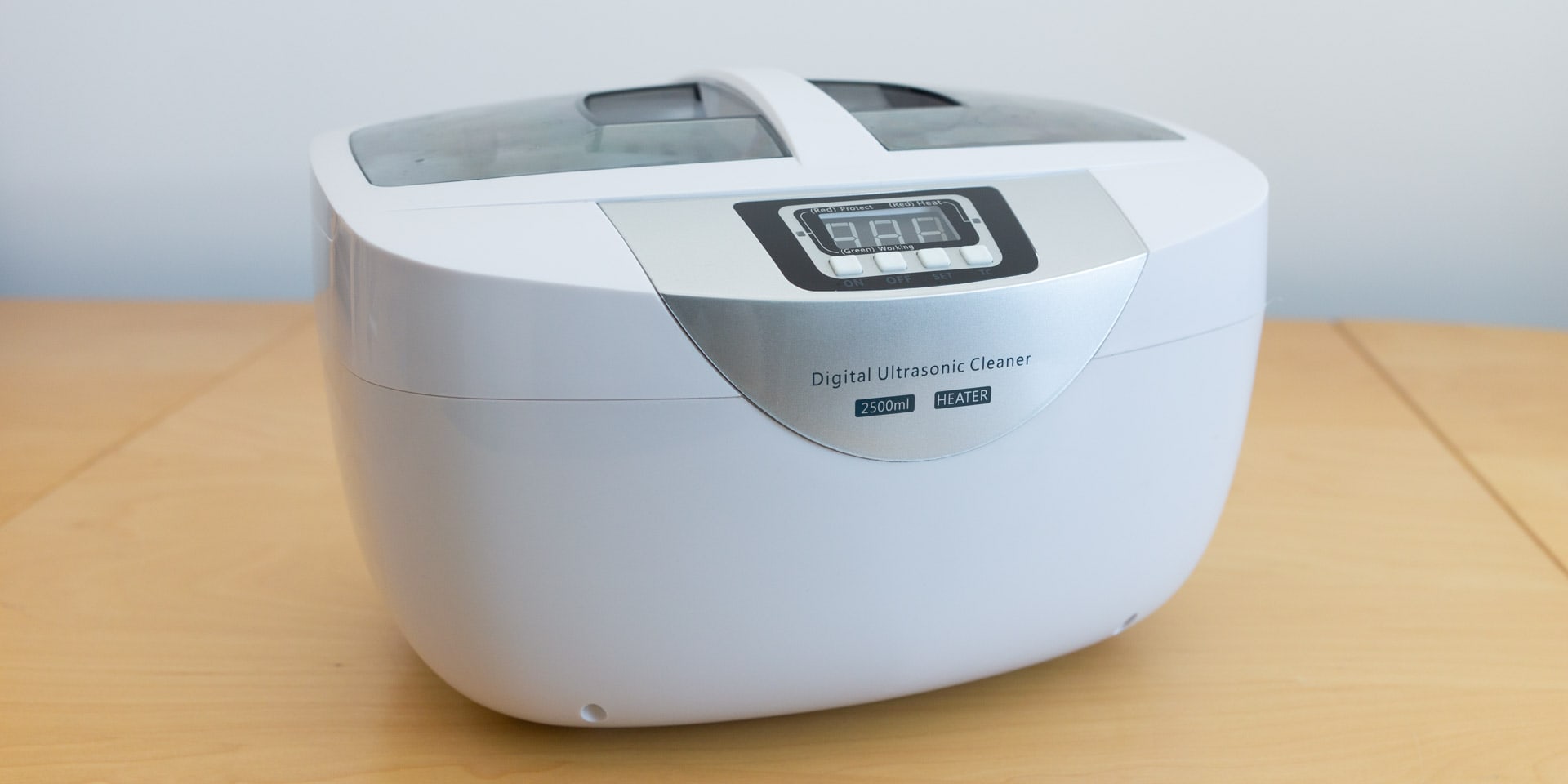The model I bought was about a $ 110 Cdn on sale, and 2.5 litres. A couple of learning experiences:
- put the parts in, then add the fluid to the max. level. Being as dumb as a post, I filled it, then added parts. There's a horizontal seam above the manufacturer's high water mark that I exceeded, and I was getting leakage out of the bottom. Not good for long term use.
- have something (a spoon?) to move the fluid around, as I didn't completely strip the Weber DCOE body and there was a hollow centre section that didn't fill up. I ended up using a milk bottle cap to top it off. Dumb
- have a toothbrush/whatever to scrub out the gunk from various locations. Paper towel, pipe cleaners, toothpicks as appropriate
- kind of looked like my personal lava lamp, as the dirty/cruddy fluid flowed and moved
- I was thinking of maybe running it through a coffee filter to - ummmh - filter it. I don't think I'll bother, as life is short. Just dump the tank in the toilet and flush. Several times. I poured Simple Green (purple bottle? talked about being tough on grease and oil?) into the basin up to the minimum line, then filled to the top with distilled water. (anyone know why distilled water is required when you're ideally cleaning crud off vs. depositing it?). Next shot I'll just use distilled water and throw in some amount of Dove dish washer soap. Figure I'll put the same body et al in and see if the fluid darkens up again to the same extent. Or not.
-Did it come out brand new/shiny? Probably not. But a lot shinier than the other carb body on the bench.
- and for the final 'rinse', I'll strip the body down as much as I can (and run all the bits and pieces through separately, later) as my big concern/hope is to clean out any and all boring/apertures/whatevers.
Later, Doug







 Hi Guest!
Hi Guest!

 smilie in place of the real @
smilie in place of the real @
 Pretty Please - add it to our Events forum(s) and add to the calendar! >>
Pretty Please - add it to our Events forum(s) and add to the calendar! >> 

